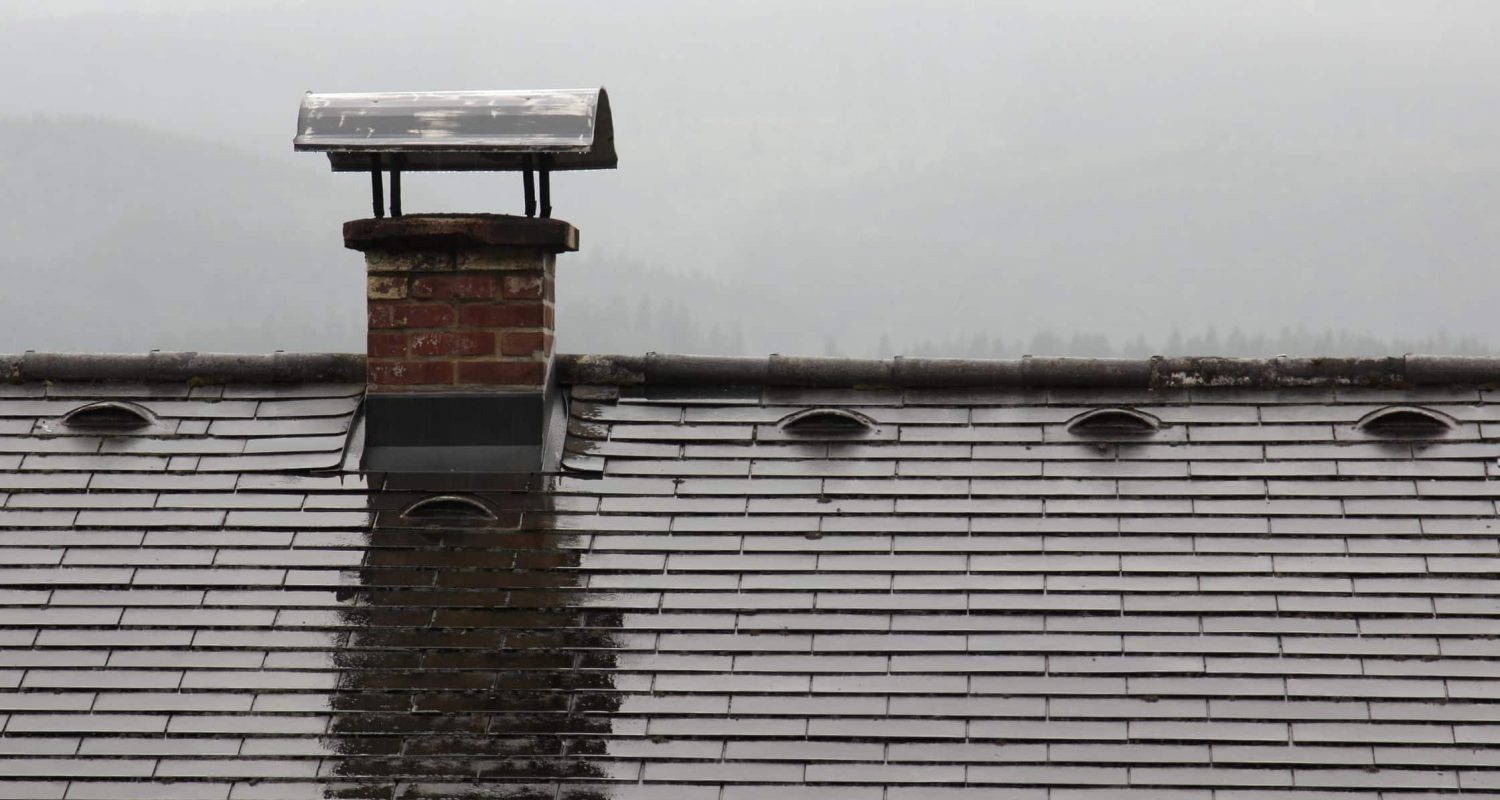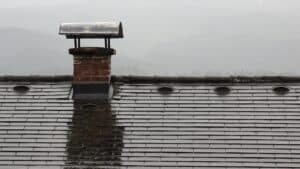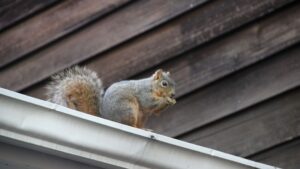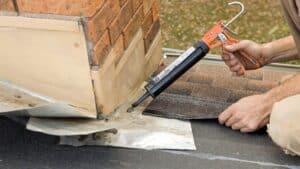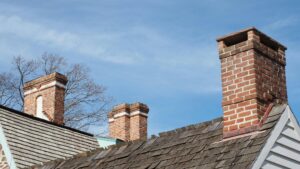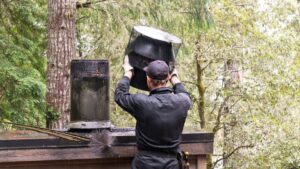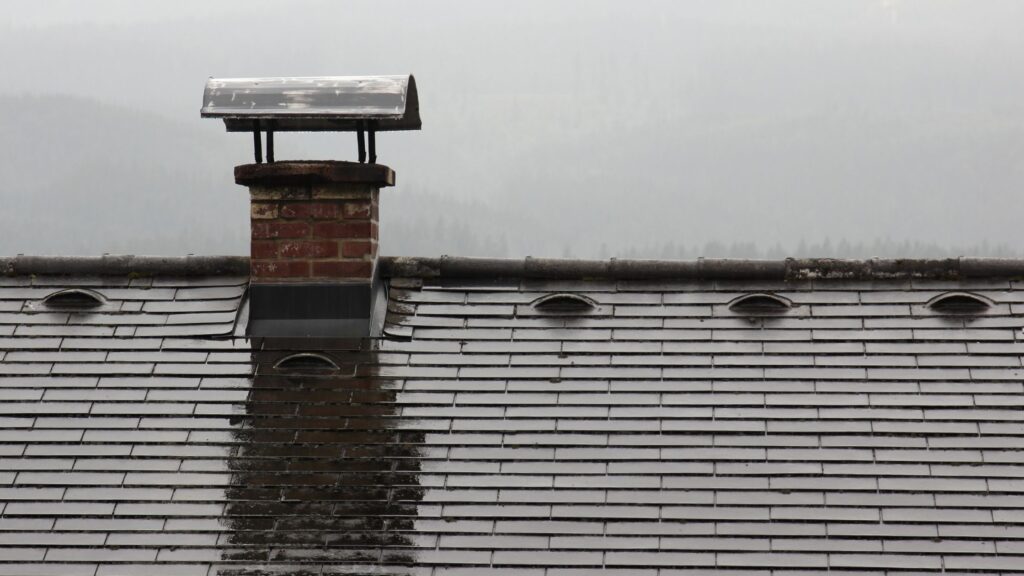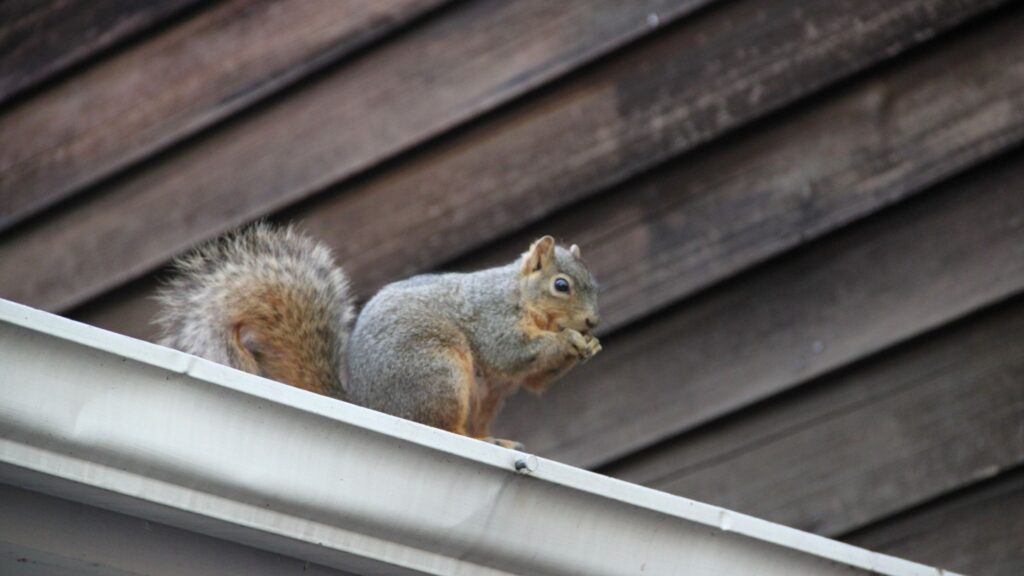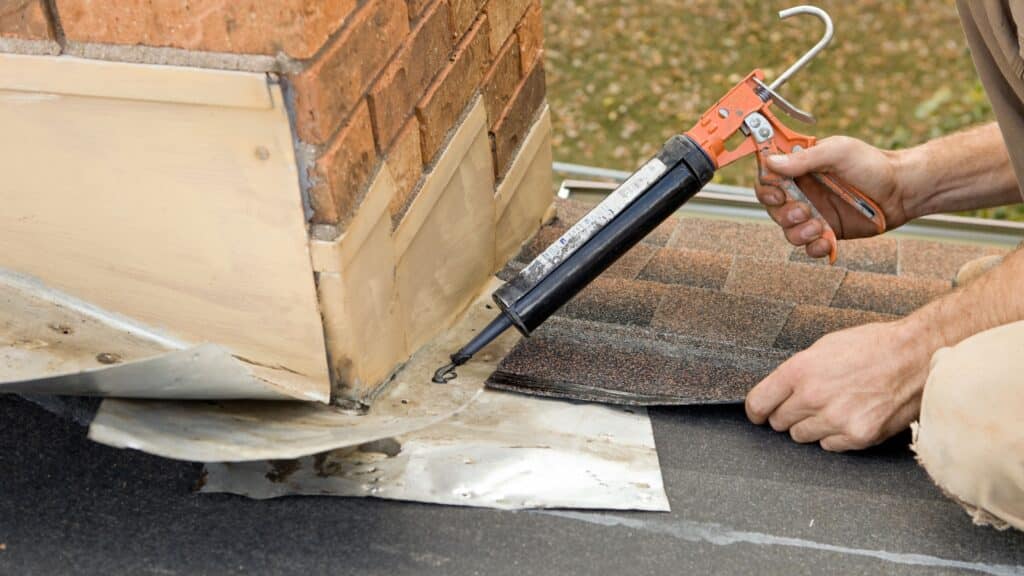Spring rain may bring life to your garden, but it can also reveal hidden issues with your chimney. In Catskill and the Hudson Valley, many homeowners begin to notice signs of water damage near their fireplace as the season changes. Chimney leaks are common in older or unmaintained systems and, if left untreated, can lead to mold, structural deterioration, and costly repairs.
This article breaks down the top five signs your chimney may be leaking this spring—and what to do if you spot them.
1. Water Stains Near the Fireplace
Discoloration or stains on the walls or ceiling around your fireplace are often the first visible symptom of a chimney leak. These stains usually appear after rainfall and may be brown, yellow, or gray.
Common causes: Cracked chimney crowns, deteriorated flashing, or porous masonry allow water to seep into interior walls.
Where to inspect: The wall above your fireplace, ceilings in rooms with chimneys, and attic areas around the chimney structure.
2. Musty Odors Coming from the Chimney
A damp, musty smell inside your fireplace or surrounding area—especially after a rainstorm—is a sign that water is penetrating the chimney system.
Why it matters: Moisture combined with organic materials inside the chimney can create ideal conditions for mold and mildew growth, affecting indoor air quality.
What to look for: Persistent odors after rain, even if the fireplace isn’t in use.
3. Rusted Damper or Firebox
If you notice rust on the damper, firebox, or other metal components, it likely means water is entering from above. This compromises fireplace functionality and can accelerate corrosion.
Cause: A missing chimney cap or cracked crown allows rain to drip down the flue onto metal components.
Warning signs: A sticky or immovable damper, orange or reddish rust spots, or brittle metal parts.
4. Dripping Sounds During or After Rain
Hearing dripping or splashing sounds inside your chimney during or following rainfall is a clear sign that water is entering the flue or masonry system.
Likely culprits: A missing or damaged chimney cap, cracked crown, or loose flashing that allows water intrusion.
Take note if: You hear repetitive dripping sounds or echoes in the chimney after a storm.
5. Mold or Efflorescence on Chimney Masonry
Visible white staining (efflorescence) or green/black mold on the exterior of your chimney is a sign that moisture is being absorbed into the masonry.
What it means: Efflorescence is caused by salts left behind when water evaporates from the bricks. Mold or moss indicates consistent dampness and water retention.
Inspect for: Powdery white deposits, mold growth, and cracked or spalling bricks on the chimney exterior.
Why You Shouldn’t Ignore Chimney Leaks
Chimney water leaks often begin subtly, but over time they can cause:
- Mold and mildew inside your home
- Deteriorating brick and mortar
- Ceiling and wall water damage
- Rust and corrosion of fireplace components
- Expensive structural repairs if left unchecked
What to Do If You Suspect a Leak
Identifying and fixing a chimney leak early is key. A professional inspection will pinpoint the source and help prevent further damage. Solutions may include:
- Crown repair or sealing to close cracks at the top of the chimney
- Chimney cap installation to stop water and debris from entering the flue
- Flashing repair or replacement around the roofline to seal out moisture
- Masonry repair or tuckpointing to fix deteriorating mortar joints
- Chimney waterproofing to protect brickwork and extend the life of your chimney
True Ventilation: Trusted Chimney Leak Repairs in Catskill
True Ventilation specializes in chimney leak detection and repair services throughout Catskill and the Hudson Valley. With over 20 years of experience, our family-owned team delivers quality craftsmanship and honest service.
Our chimney services include:
- Detailed chimney inspections
- Chimney cap installation
- Crown repair and waterproofing
- Flashing repair and replacement
- Tuckpointing and masonry restoration
Call 888-775-9498 or email trueventilation@gmail.com to schedule your chimney inspection today.
Don’t wait until a minor chimney leak turns into a major issue. Contact True Ventilation today to protect your home this spring.
People Also Ask
- What are the first signs of a chimney leak? Water stains near the fireplace, musty odors, rusted components, and mold on masonry.
- Is a chimney leak dangerous? Yes. It can lead to mold, structural issues, and costly damage if left unaddressed.
- Can I seal a chimney leak myself? Minor sealing may help temporarily, but long-term protection requires professional assessment and repair.
- How much does chimney leak repair cost? Repairs typically range from $300 to $2,500 depending on the cause and extent of damage.



